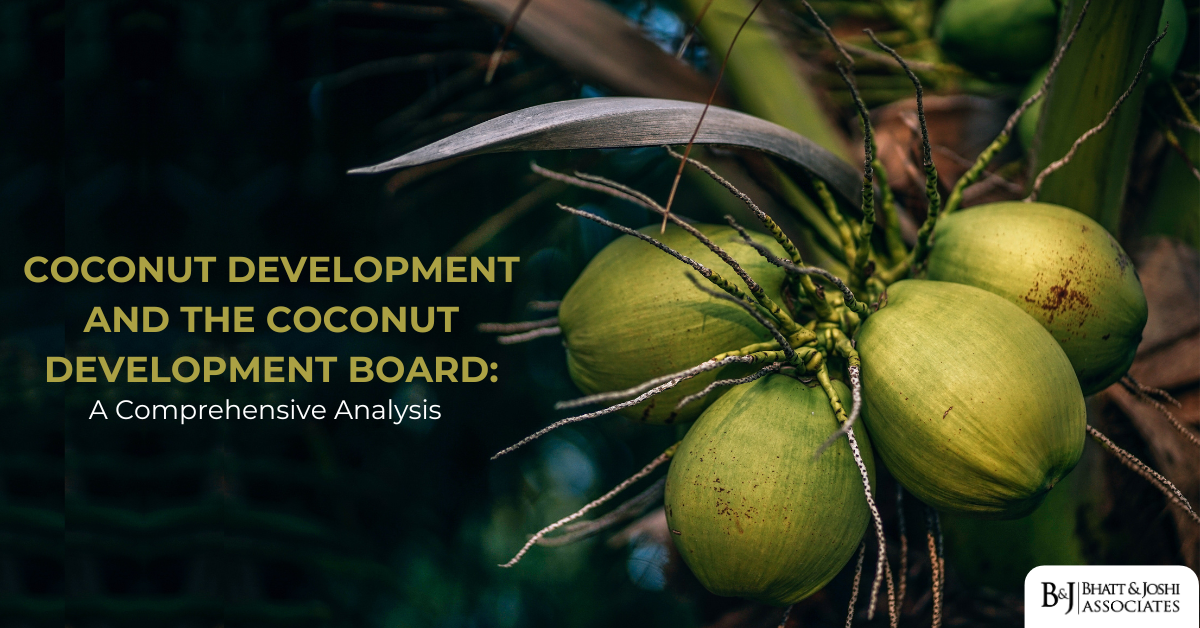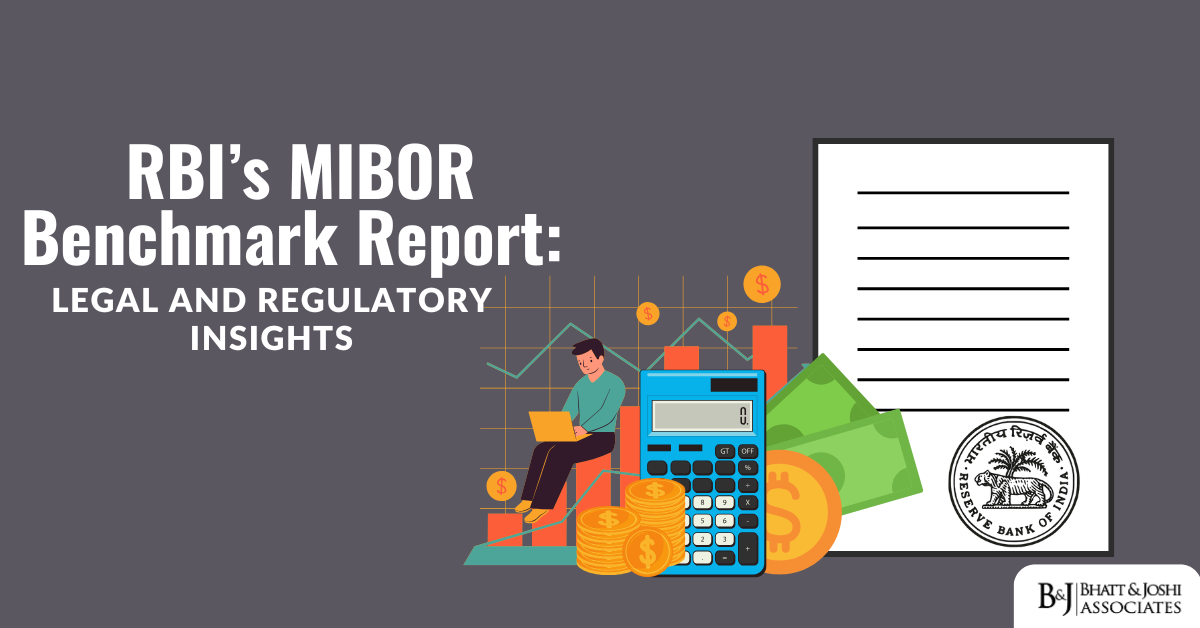
Introduction
The coconut palm, often referred to as ‘Kalpavriksha’ or the tree of life in Indian culture, holds immense significance in the agricultural and economic landscape of India. The establishment of the Coconut Development Board (CDB) marks a pivotal moment in India’s commitment to developing and nurturing this vital sector. As an autonomous body established under the Ministry of Agriculture and Farmers Welfare, Government of India, the Coconut Development Board has been instrumental in shaping the trajectory of coconut cultivation, processing, and marketing in the country since its inception in 1981.
Historical Evolution of Coconut Cultivation in India
The history of coconut cultivation in India dates back several millennia, with early references found in ancient texts and historical records. Traditional farming communities along the coastal regions of India developed sophisticated cultivation practices that were passed down through generations. The systematic development of the coconut sector, however, began during the post-independence era when the government recognized the crop’s potential for rural development and economic growth. The period between 1950 and 1980 witnessed various state-level initiatives to promote coconut cultivation, but these efforts lacked coordination and a unified national approach.
Legal Framework and Establishment
The Coconut Development Board came into existence through the Coconut Development Board Act, 1979, which was enacted by Parliament to address the growing need for a dedicated organization to oversee the comprehensive development of the coconut industry. The Act provides the Board with statutory powers to implement various development programs and regulate certain aspects of the coconut industry. This legislative framework ensures the Board’s autonomy while maintaining accountability to the central government through the Ministry of Agriculture and Farmers Welfare.
The Act delineates specific provisions for the Board’s constitution, powers, and functions, creating a robust legal foundation for its operations. Subsequent amendments to the Act have further strengthened the Board’s mandate and adapted its functions to meet evolving industry needs. The legal framework also establishes mechanisms for coordination with state governments and other stakeholders, ensuring a collaborative approach to sector development.
Structure and Organization of the Coconut Development Board (CDB)
The Coconut Development Board (CDB) operates through a well-defined organizational structure designed to facilitate efficient decision-making and program implementation. At the apex is the Board itself, comprising representatives from central and state governments, coconut growers, processors, and experts in various related fields. The Chairman heads the Board, supported by senior officials who oversee different functional areas. The organizational structure extends to regional offices and state centers, ensuring effective implementation of programs across all coconut-growing regions.
The Board maintains specialized departments focusing on different aspects of coconut development, including research and development, marketing, extension services, and administration. This departmental specialization enables focused attention on specific areas while maintaining coordination for overall sector development. The structure also incorporates mechanisms for stakeholder consultation and participation in decision-making processes.
Functions and Responsibilities of the Coconut Development Board (CDB)
The Coconut Development Board (CDB) carries out a comprehensive range of functions aimed at promoting the integrated development of the coconut industry. These functions encompass production, processing, marketing, and value addition. The Board plays a crucial role in adopting and promoting improved cultivation practices, including scientific management of coconut gardens, integrated pest management, and soil health management. It also focuses on developing and promoting technologies for product diversification and value addition.
In its regulatory capacity, the Board establishes quality standards for coconut products and promotes their adoption across the industry. It maintains databases on production, processing, and trade, providing valuable information for policy-making and industry planning. The Board also serves as a bridge between research institutions and farmers, facilitating the transfer of technology and best practices.
Development Programs and Initiatives
The Board implements numerous development programs designed to address various aspects of coconut cultivation and industry development. These programs include schemes for replanting and rejuvenation of old coconut gardens, establishment of nurseries for quality planting material production, and promotion of organic farming practices. Specific attention is given to small and marginal farmers through targeted assistance programs and capacity-building initiatives.
The Area Expansion Program promotes coconut cultivation in potential areas, while the Integrated Farming System approach encourages optimal land utilization through intercropping and mixed farming. The Board also implements special programs for drought-prone areas and regions affected by natural calamities, ensuring the resilience of coconut farming communities.
Research and Development
The research and development activities supported by the Board focus on addressing key challenges facing the coconut sector. Through collaboration with research institutions and agricultural universities, the Board promotes studies on variety improvement, disease management, and development of new technologies for processing and value addition. Significant attention is given to developing climate-resilient varieties and sustainable farming practices.
The Board maintains demonstration farms and field laboratories where new technologies and practices are tested and showcased to farmers. Research findings are disseminated through various channels, including publications, training programs, and field demonstrations. The Board also supports innovative research projects proposed by scientists and institutions working in coconut-related fields.
Marketing and Value Addition
The marketing initiatives of the Board aim to strengthen the market linkages for coconut products and ensure fair returns to farmers. The Board facilitates market intelligence gathering and dissemination, helping stakeholders make informed decisions. Special emphasis is placed on promoting value-added products through technology transfer, entrepreneurship development, and market promotion activities.
The Board has been instrumental in developing new markets for coconut products, both domestic and international. It organizes trade fairs, exhibitions, and buyer-seller meets to facilitate market linkages. The promotion of coconut-based industries has created additional employment opportunities and enhanced the economic value of coconut cultivation.
Technology Mission on Coconut
The Technology Mission on Coconut represents a focused intervention to accelerate the development of the coconut sector through technological upgradation and market development. The mission adopts an integrated approach covering production, processing, and marketing aspects. It emphasizes the development of technologies for product diversification and value addition, particularly in the processing of tender coconut water, virgin coconut oil, and other high-value products.
International Cooperation
The Board maintains active international cooperation through participation in global forums and bilateral agreements with other coconut-producing countries. These collaborations facilitate exchange of germplasm, technology transfer, and sharing of best practices. The Board represents India in the Asian and Pacific Coconut Community (APCC) and other international organizations, contributing to global efforts for coconut sector development.
Farmer Support and Extension Services
Extension services form a crucial component of the Board’s activities, focusing on empowering farmers through knowledge dissemination and skill development. The Board conducts regular training programs, workshops, and demonstrations to educate farmers about improved cultivation practices, pest management, and processing technologies. Special attention is given to promoting farmer producer organizations and cooperatives to enhance collective bargaining power and market access.
Future Prospects and Challenges
The coconut sector faces several challenges including climate change impacts, pest and disease threats, market volatility, and competition from other oil crops. However, emerging opportunities in health food markets, organic products, and value-added processing present significant growth potential. The Board continues to adapt its strategies to address these challenges while capitalizing on new opportunities through technological innovation and market development.
Conclusion: Impact of the Coconut Development Board (CDB)
The Coconut Development Board (CDB) has played a pivotal role in transforming India’s coconut sector from a traditional crop to a dynamic industry with significant economic potential. Through its comprehensive approach encompassing production, processing, research, and marketing, the Board has created a strong foundation for sustainable sector growth. As the industry faces new challenges and opportunities, the Board’s continued evolution and adaptation will be crucial in ensuring the sector’s resilience and prosperity. The success of the Board’s initiatives demonstrates the effectiveness of focused institutional support in agricultural development, providing valuable lessons for similar interventions in other agricultural sectors.













